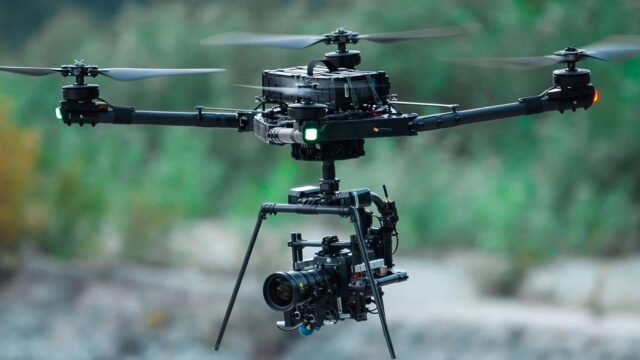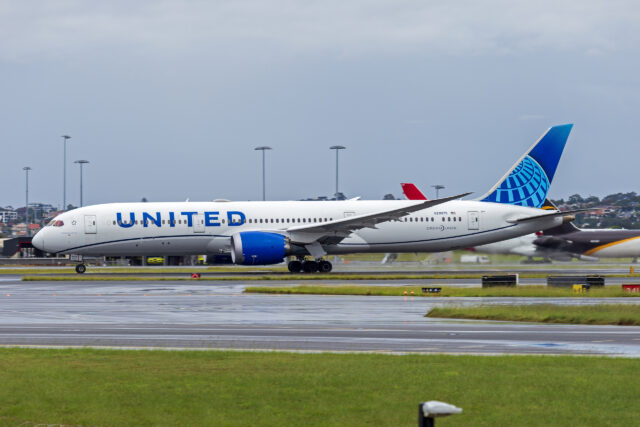NTSB hearings: Altimeter errors and ‘stepped on’ transmissions factors in DCA midair collision

August 4, 2025

The National Transportation Safety Board (NTSB) held three days of hearings last week to review the factors which led to the January 29 midair collision near Ronald Reagan Washington National Airport (DCA).
The crash of American Airlines Flight 5342, a CRJ700 operated by PSA Airlines, and a US Army Black Hawk helicopter resulted in 67 fatalities.

The hearing identified equipment discrepancies, airspace management issues, and procedural gaps as contributing factors.
Key takeaways:
- An inaccurate altimeter on the Black Hawk led to altitude deviation.
- ADS-B Out systems were not active, reducing situational awareness.
- The air traffic controller on duty was managing both jet and helicopter traffic simultaneously.
- Black Hawk did not receive a critical instruction from the controller because of overlapping radio transmissions.
- Visual separation was limited due to equipment and environmental factors.
- Officials did not act on prior risk reports or implement proposals for rerouting helicopter corridors.
Altimeter discrepancy on the Black Hawk helicopter
According to the NTSB, the Army Black Hawk helicopter exceeded the 200-foot ceiling allowed along its route along the Potomac River. Researchers found a discrepancy of 80 to 100 feet between the helicopter’s actual altitude and the barometric altimeter’s reading.
Tests on other aircraft in the same unit showed similar altimeter performance problems. Investigators attributed the discrepancy to older analogue altimeter designs installed on some US military helicopter variants, including the Black Hawk involved in the incident. The Army did not consider the discrepancy problematic.

“In my experience, a difference of 80 feet or so between the radar altitude and the barometric altitude would not be cause for alarm,” US Army Chief Warrant Officer Kylene Lewis told investigators.
NTSB member J. Todd Inman objected, saying, “I think [the tolerance for discrepancy] should be zero.”
Military representatives said the Army is considering updating the flight manual to inform pilots of discrepancies with altitude readings.
The helicopter’s Automatic Dependent Surveillance-Broadcast (ADS-B) system, which transmits its position to air traffic control, was either disabled or misconfigured at the time of the collision.
Rick Dressler of Metro Aviation testified, “It is difficult to identify other aircraft in the night sky around Reagan, especially if an onboard locator system was switched off, as Army choppers routinely did.”
Air Traffic Controller workload and communications issues at DCA
On the night of the incident, one controller was responsible for both fixed-wing and helicopter traffic.
In a redacted transcript of their interview, the controller said: “There was one point that I thought about asking for [backup], but it was—as soon as I was thinking about it, you know, I got rid of a few helicopters … So it was a little complex, but it was manageable for me.”
James Jarvis, an FAA contractor who evaluated Reagan’s tower operations in 2022, said the facility was so out of compliance that the audit was suspended.
“At one point, I was told to quit bringing it up,” Jarvis testified. He said he was later removed from his duties without explanation and described watching the facility “backslide” after his departure. “It was a bad decision,” he said.
The FAA has stated it “supercharged the air traffic controller hiring pipeline” to address the shortage.
Black Hawk missed controller instructions due to ‘stepped on’ transmissions
The NTSB also examined communication exchanges between the aircraft and the tower.
According to the NTSB, the Black Hawk crew failed to receive critical instructions from the tower to “pass behind” the American Airlines regional jet. An overlapping radio transmission, referred to as a “stepped-on” transmission, blocked the instruction. It happens when two parties use the same frequency at the same time.
When the controller issued the instruction to the Black Hawk crew, the helicopter’s microphone was “keyed,” meaning someone had pressed the push-to-talk button. As a result, the helicopter crew did not hear the controller’s message. However, the controller was unaware that the crew had not received the instruction.
FAA personnel testified there was no system to notify either party of an interrupted transmission. Aggravating matters, neither the controller nor the helicopter crew attempted to clarify or confirm the instruction.

According to audio transcripts, the helicopter crew reported visual contact with the CRJ700 twice and stated intent to maintain visual separation. However, due to the lack of reception of the final directive, both aircraft were left on intersecting flight paths without coordinated avoidance.
The final exchange recorded aboard the helicopter captured the instructor pilot saying, “Kinda come left for me, ma’am,” to which the pilot responded, “Sure.” It remains unclear whether the pilot initiated the manoeuvre before impact.
Use of visual separation and night visibility contributed to DCA midair collision
FAA and military witnesses addressed the use of visual separation procedures, which allow pilots to maintain separation from other aircraft by direct sight rather than through ATC-provided spacing.
This method is frequently used in Washington DC airspace, particularly by helicopter pilots operating near Reagan National Airport (DCA).
Dressler raised concerns about relying on visual identification at night. “We are all very uncomfortable when those two units are operating,” he said, referring to the Army and Air Force helicopter units that frequently use the airspace.
Dressler noted that some military pilots stationed in the area have limited flying experience and less familiarity with the region. “They don’t get the seasoning here to really, truly understand how the airspace works,” he said.
He also pointed out that Army helicopter units had stopped participating in regular meetings between local pilots and aviation operators, limiting inter-agency communication.
Black Hawk crew visibility impeded by night vision goggles
On the night of the incident, the US Army Black Hawk crew was conducting a night training operation using night vision goggles (NVGs). These devices amplify low light to allow flight in darkness, but also have significant limitations.
Witnesses said that NVGs typically narrow the pilot’s field of view to 30–40 degrees, a fraction of the standard visual range. This tunnel vision can make it more difficult to detect other aircraft, especially when they approach from angles outside the NVG-enhanced view.

Another contributing factor was urban lighting conditions over Washington, which can degrade NVG performance or create blind spots.
One Army instructor pilot testified that the American Airlines jet “was likely masked behind the terrain.”
While the Black Hawk crew reported seeing the passenger jet twice and stated intent to maintain separation, the combined effects of restricted vision from NVGs and inoperative locator systems may have impaired pilots’ ability to assess the closure rate and trajectory accurately. These are essential when relying on visual separation to avoid collisions.
The helicopter also lacked a traffic collision avoidance system (TCAS). Without TCAS or a functioning ADS-B Out system, the Black Hawk was not visible to other aircraft’s collision avoidance systems, including the CRJ700 regional jet involved in the crash.
The FAA did not act on prior risk data at DCA
The NTSB reported 15,214 close-proximity events between helicopters and commercial aircraft in Washington airspace from October 2021 to December 2024. There were 85 incidents involving critical separation margins less than 1,500 feet horizontally and 200 feet vertically.
FAA staff and external advisors had previously recommended changes to mitigate those risks.
Bryan Lehman, who has worked at an FAA radar facility for over 35 years, told the board that he had submitted a memo in 2023 recommending a reduction in flight activity at DCA.
“The issue was dropped,” Lehman said. He added that the agency should “do better at listening to safety concerns.”

NTSB Chair Jennifer Homendy addressed the FAA’s inaction following the incident. “Sixty-seven people are dead,” she said. “That should not be met with procedural adjustments alone.”
FAA response and policy adjustments following DCA midair collision
In response to the incident and the preliminary findings, the US Department of Transportation has prohibited non-essential helicopter operations near DCA. As a result, Route 4, the corridor used by the Black Hawk, is now closed when DCA’s primary runways are in use.
The FAA is currently reviewing mixed airspace procedures at other airports and plans to install a new traffic management system at DCA in early 2026. A bill has been introduced to the Senate – the ROTOR Act – which proposes to mandate ADS-B out for all helicopters.
A final NTSB report is expected next year and may include additional recommendations.
















